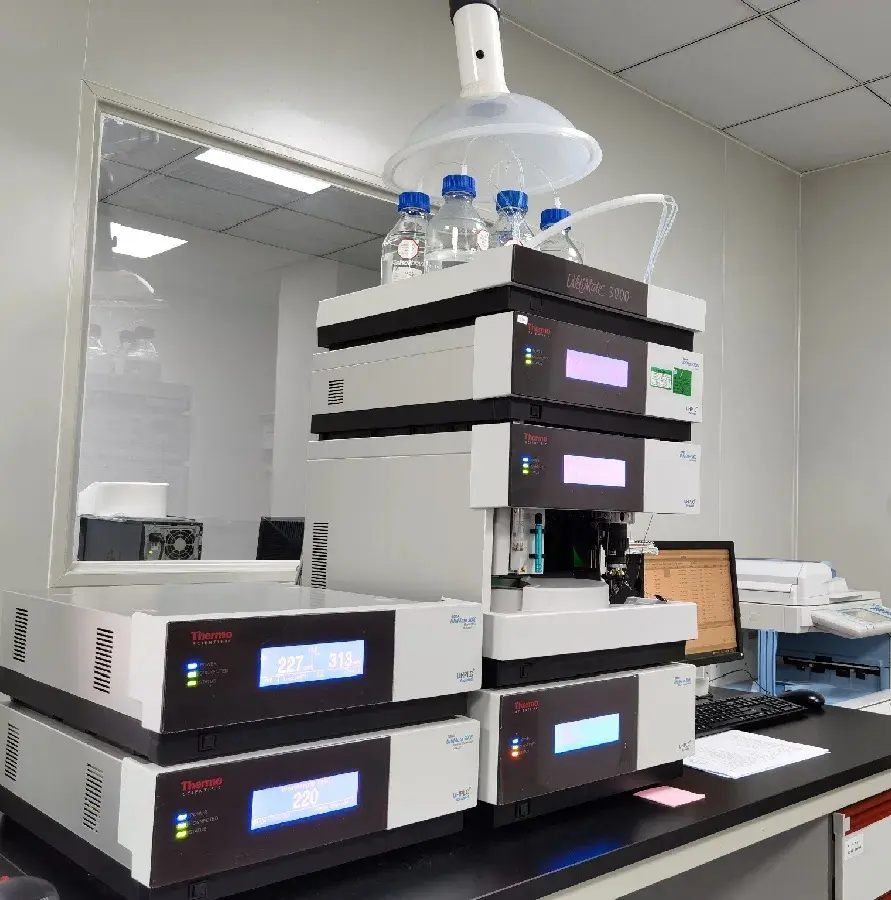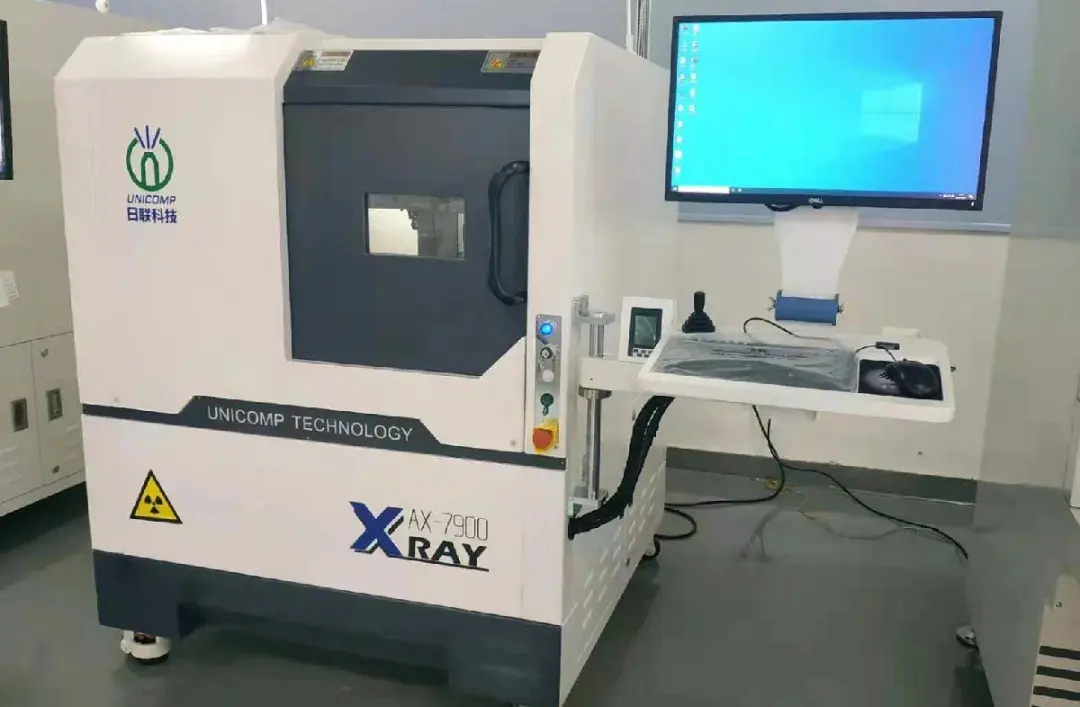
EU RED Directive and EN 18031 Cybersecurity Standards
On January 30, 2025, the Official Journal of the European Union (OJ) officially incorporated the en 18031 series of standards as harmonized standards under the Radio Equipment Directive (RED). This means that starting August 1, 2025, all wireless devices sold in the EU market must comply with this mandatory cybersecurity regulation. Non-compliant products will face market access restrictions, urging manufacturers to accelerate their compliance strategies.
Cybersecurity Background of EN 18031 and the RED Directive
The EU Radio Equipment Directive (RED) requires that all wireless devices sold in the EU meet essential requirements related to:
- Safety
- Electromagnetic compatibility
- Efficient use of the radio spectrum
Since 2022, the European Commission has introduced additional cybersecurity requirements under Article 3(3) of the directive, including:
- Article 3.3(d) – Cybersecurity (Standard: EN 18031-1)
- Article 3.3(e) – Personal Privacy (Standard: EN 18031-2)
- Article 3.3(f) – Fraud Prevention (Standard: EN 18031-3)
The EN 18031 series establishes a unified cybersecurity standard to help manufacturers ensure compliance with these new regulations.
Scope of Covered Products
The Delegated Regulation 2022/30/EU applies to wireless devices that:
- Communicate directly via the internet or indirectly through other devices
- Process and expose sensitive personal data
Examples of affected products include:
- Smartphones, tablets, and laptops
- Wireless toys and child safety devices, such as baby monitors
- Wearable devices, including smartwatches and fitness trackers
Key Assessment Areas of EN 18031
EN 18031-1 (Cybersecurity)
This standard assesses security mechanisms in devices, covering:
- Access control and authentication
- Secure updates and storage
- Secure communication protocols
- Confidentiality of cryptographic keys
- General security capabilities
- Cryptographic best practices
- Resilience mechanisms
- Network monitoring and traffic control
EN 18031-2 (Personal Privacy)
This standard focuses on privacy protection and includes:
- Access control for children's toys
- Logging and record-keeping mechanisms
- Data deletion protocols
- User notification requirements
- External sensing documentation
EN 18031-3 (Fraud Prevention)
This standard evaluates financial and fraud-related security aspects, including:
- Logging mechanisms
- Device boot integrity and software authenticity
Key Differences Between EN 18031 and ETSI EN 303 645
While EN 18031 shares many similarities with ETSI EN 303 645, it imposes stricter requirements on tested devices. However, EN 18031 also provides more flexibility by including “not applicable” conditions for certain requirements.
Overall, products that already comply with ETSI EN 303 645 will have a significant advantage in meeting EN 18031 compliance requirements.
Recommendations for Manufacturers
Since the RED cybersecurity requirements will become mandatory on August 1, 2025, all new and existing products sold in the EU must comply. Manufacturers should take immediate action to ensure compliance.
Key steps for compliance:
1. Review RED applicability
- Determine if your product falls within the scope of RED’s cybersecurity requirements. JJR Lab (China) can assist in this assessment.
2. Understand EN 18031 standards
- Analyze the specific requirements and limitations of the EN 18031 series and assess their impact on your products.
3. Conduct a compliance gap analysis
- Evaluate your current cybersecurity measures against EN 18031 to identify necessary improvements.
4. Consult with experts
- Since EN 18031 is a new standard, manufacturers should seek professional guidance from GTG to ensure full compliance.
5. Prepare for market entry
- Implement necessary design, testing, and documentation changes to comply with the August 1, 2025 deadline.
- Obtaining a RED Notified Body compliance certificate will help verify product conformity.
This version keeps the translation structured, clear, and professional while improving readability. Let me know if you need any refinements!
Email:hello@jjrlab.com
Write your message here and send it to us
 Packaging Validation ISO 11607 Test Report
Packaging Validation ISO 11607 Test Report
 What is the ISO 11607-1 Packaging Validation Test?
What is the ISO 11607-1 Packaging Validation Test?
 How to get an ISO 11737-1 Test Report?
How to get an ISO 11737-1 Test Report?
 Orthopedic Implant Cleanliness Testing
Orthopedic Implant Cleanliness Testing
 What is ISO 10993-23:2021 Irritation Testing?
What is ISO 10993-23:2021 Irritation Testing?
 ISO 10993-23 Irritation Testing Laboratory
ISO 10993-23 Irritation Testing Laboratory
 EMI Emissions Testing
EMI Emissions Testing
 EMC Standards for Medical Devices
EMC Standards for Medical Devices
Leave us a message
24-hour online customer service at any time to respond, so that you worry!




